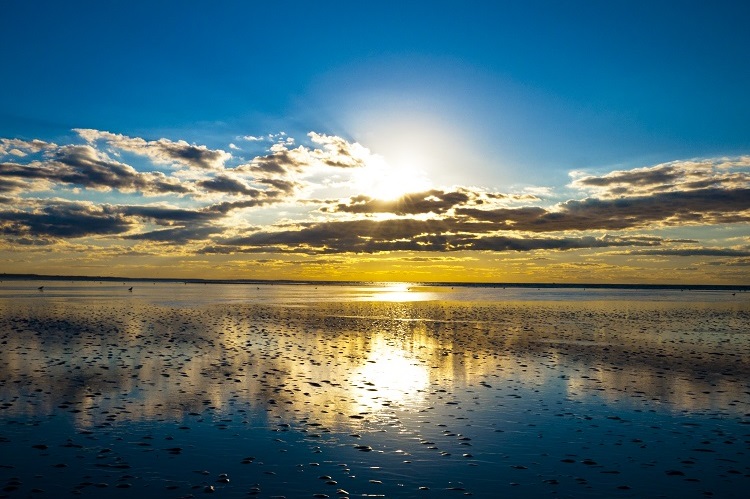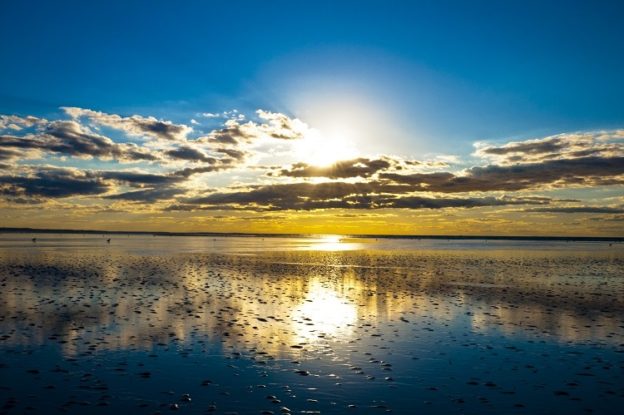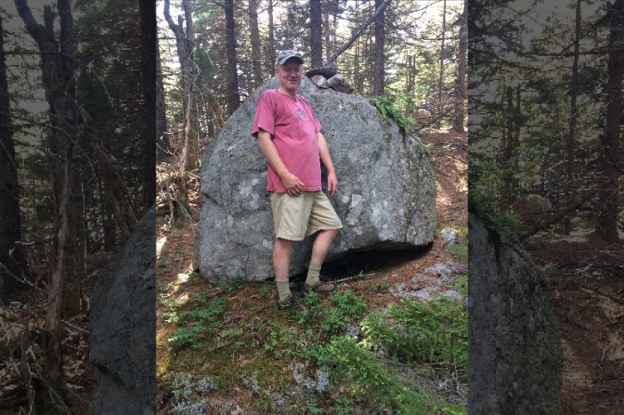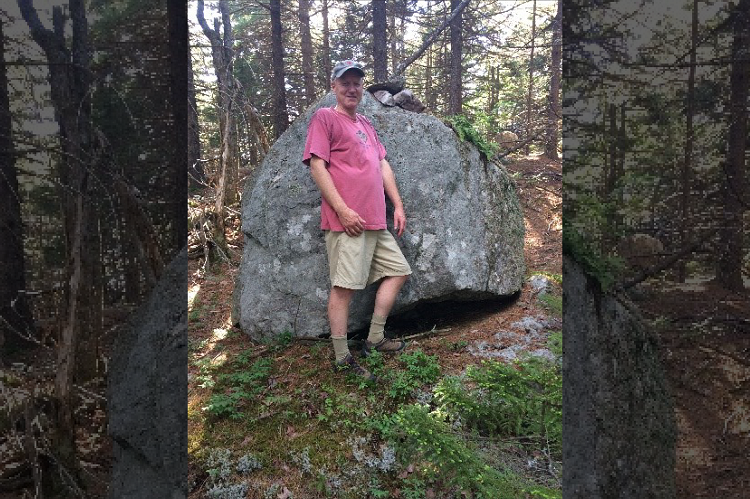
2020 was a tough year. It would be easy to simply bury our heads in the sand and ignore the climate crisis, but nature needs us now more than ever before. And what’s more, we need nature too.
As 2021 begins, we can all make some resolutions that will help us feel better while also helping the world we all share. Consider resolving to contend with the anxiety that comes with our global climate crisis.
Serious concern about climate change has been called “climate grief,” defined as a psychological response to loss caused by the environmental destruction of climate change. And we all have plenty of it. We see, often daily, how climate change is playing out in extreme weather events, coastal flooding, and impacts on the health and safety of our communities.
It turns out that taking actions to learn about and help address climate change is not just good for the planet, but also for our mental health. According to therapists, climate grief can be addressed by:
- Staying informed
- Connecting with others who are also concerned
- Maintaining our relationship with nature
- And engaging with meaningful climate solutions in ways that are relevant and applicable to us.
For this new year, you can make several resolutions to help the planet, that, in turn, will help you deal with any climate grief you face.
Be informed.
Read more information from reliable and trustworthy sources about local and national climate actions, regulations, incentive programs, and solutions. Digest and reflect on essays and articles from environmental organizations and advocacy groups.
Share and engage with others.
Initiate conversations with neighbors, extended family, and people in your community, about local and global climate threats and solutions. Attend library programs, climate cafés, and public information meetings held by local, state and federal elected officials. Participating in talks, meetings, and conversations will help you feel part of a collective of concerned, committed individuals who are learning together, sharing, and engaging in solutions. Being part of a solutions-oriented climate community can keep you feeling supported and energized when you need it most.
Connect to nature for health and motivation.
Get outdoors and experience nature in your neighborhood or visit nearby trails every week. These daily connections with local nature will help you stay physically and emotionally healthy, connecting you to the Earth, which needs your help.
Act on climate.
Acting on the climate crisis helps address climate grief. This year, commit to climate action above and beyond what you already do. Start with individual solutions, like increasing how many plant-based meals you eat, and grow to community solutions, like participating in community composting programs or using your voice to support critical climate legislation. Actively engage with more local land protection and clean energy efforts by donating or volunteering. Use your power as a consumer, a voter, and community member, to push for local and global climate solutions.
We all have the power to make a difference, at or near home, in our collective climate fight. With the hope and promise of a new year in front of us, we can address our climate grief by seeking ways to act on the climate crisis. It’s one of the healthiest resolutions we can make.
– Lucy Gertz, Adult Programs Education Manager




